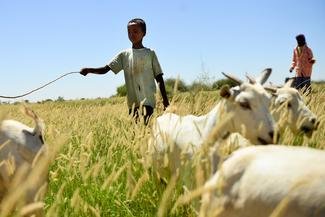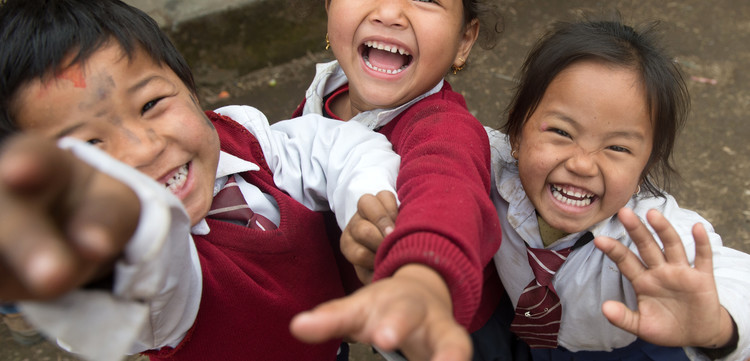
The little girl smashes paving stones for the European market in India. It is one of millions of children who are exploited as child laborers.
(Photo: picture alliance / dpa)
In Asia and Africa is this Problem especially big. But the problem appears to be recognized, as a new study shows. The published figures show surprising facts.
In the mine, in the factory, in agriculture – according to estimates by the International Labor Organization (ILO) there are around 168 million child workers worldwide. This means that eleven percent of all 5- to 17-year-olds have to work, more than half of them under conditions that are theirs health or endanger security. This emerges from a report of the ILO for the year 2012.

This includes, for example, working with dangerous equipment, at night, under water or underground as well as sexual exploitation. Child workers are those who do more than just light jobs or work limited to just a few hours – even unpaid.
Child labor decreases by a third
However, progress has been made in the fight against child labor. Since the start of the ILO statistics in 2000, child labor has decreased by a third, the makers of the study said. Compared to then, there were almost 78 million fewer child workers in 2012. The decline was particularly significant for girls: according to estimates, they now have to work 40 percent less. It was 25 percent among the boys.
According to the organization, an increasing number of states are committed to better occupational safety for children, for example setting a minimum age for employees or banning the worst forms of child labor by law. In 2008 and 2009, child labor declined even in the face of a global economic crisis – this shows that a positive development depends not only on economic growth, but also on political will, the report summarizes.
Every fifth child works in parts of Africa
However, these successes are too slow for the ILO. The goal is to completely eliminate the most dangerous forms of child labor by 2016, will definitely not reached.
Most child laborers live in Asia and the Pacific. In percentage terms, however, their share is highest in sub-Saharan Africa, where every fifth child works.
According to the ILO, child labor is not just a problem for the poorest countries or the poor households within a country. In absolute numbers, even most child laborers lived in middle-income countries.
RELATED ITEMS
-

Child labor worldwide, world vision germany
On this page we give you an overview of the most important information about child labor and approaches of World Vision…
-

Child labor – when being a child fails in everyday life
BY JASCHA SCHULZ | 2015-10-29 18:44 Child labor – When being a child fails in everyday life In recent years, the number of working children…
-

Working for a few cents: child labor in Asia, all multimedia content of the German wave, dw
They work in agriculture, in mines, factories or in service: According to estimates by the International Labor Organization ILO are worldwide…
-

by Aktion Deutschland Hilft Child labor affects more than 152 million girls and boys between the ages of five and 17 worldwide. Almost half of…
